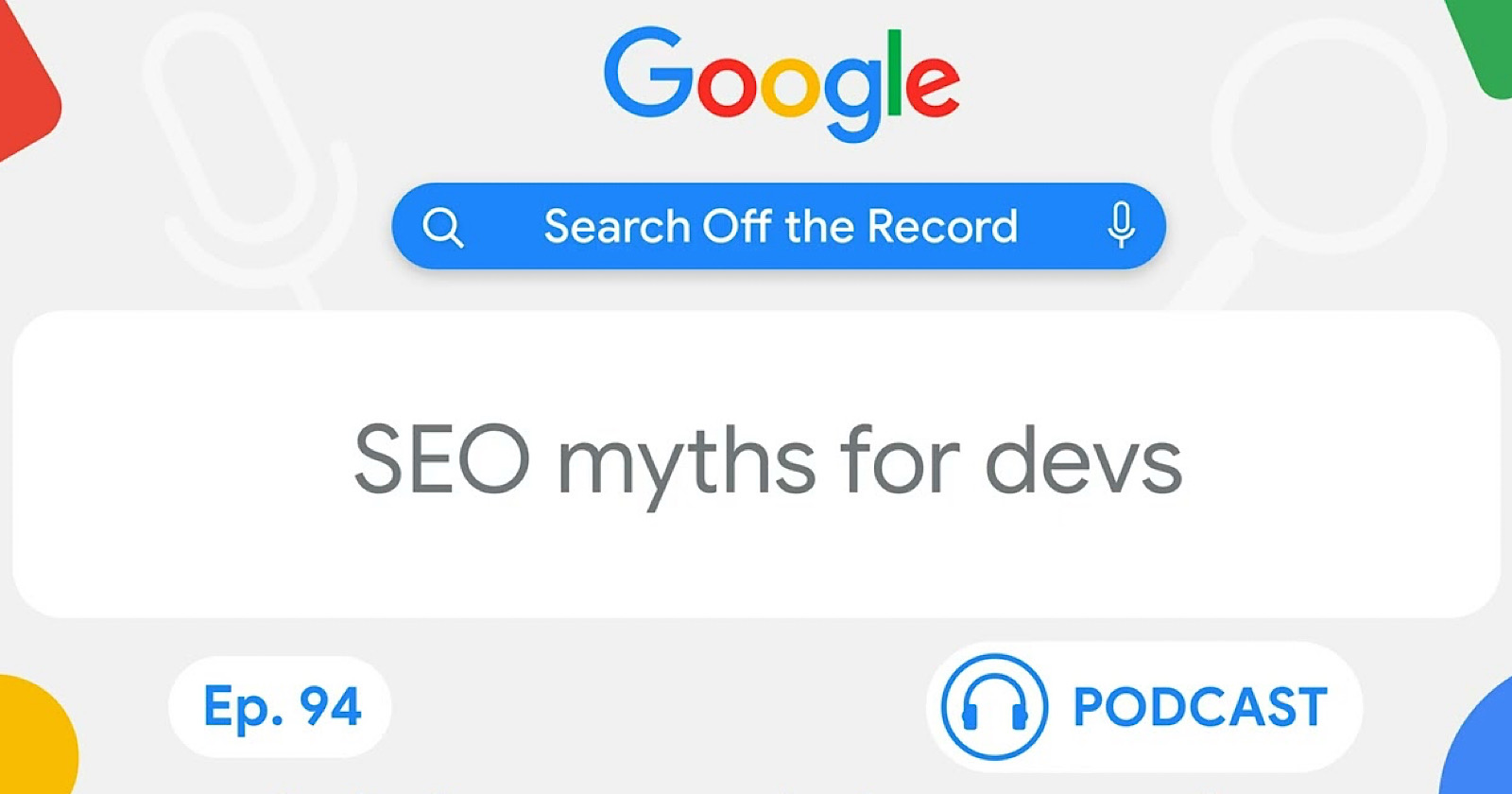How to Optimize Google Ads to Make the Most of Your Budget
Have you ever heard of the Courier from “Skyrim”? Gamers everywhere have learned to speak reverently of this non-player character (NPC). Whether we’re fighting dragons on a soaring mountain, exploring […]

Have you ever heard of the Courier from “Skyrim”? Gamers everywhere have learned to speak reverently of this non-player character (NPC). Whether we’re fighting dragons on a soaring mountain, exploring ancient ruins or getting totally lost in a cave system, this guy manages to appear to us in our time of need. That’s especially impressive when you consider that, being from a fantasy world, his most convenient form of transportation is a horse-drawn carriage.
No matter what we’re doing, the “Skyrim” Courier can provide a nudge in the right direction — and that’s exactly what a Google Ads campaign can do for your customers.
Unfortunately, unlike the prodigious Courier, a Google ad can’t rely on sheer force of will to offer effective messaging to your audience. The good news is that you don’t have to be an NPC to make it happen. Here are a few of our favorite ways to optimize Google Ads and become the digital marketing and advertising version of the “Skyrim” Courier.
Your Google Ads Crash Course: Campaign Options, Optimization and More
It’s no secret that Google is a pretty big deal. Thanks to a worldwide user base of 4.3 billion people, it’s common to hear digital marketing experts talk about ranking on Google like you might say “winning a gold medal.” Showing up first on that search engine results page (SERP) is similar to landing on a global leaderboard.
Luckily, that means companies are pretty familiar with many of the search engine’s most important features, which is why a Google Ads campaign feels like a natural next step for your digital marketing and advertising plan. Here are a few key things to know about this tool:
What Is Google Ads?
Previously known as Google AdWords, Google Ads is a tool that allows you to interact with your audience while they surf the web. A Google ad can take many forms, including a search ad embedded on a Google search results page, a responsive display ad on a user’s favorite website and more. It can also appear in different languages, across all devices and in a huge range of geographical locations. By weaving your message into your audience’s daily routine, you become a part of their everyday life without forcing too much content at once.
When you create a Google Ads campaign, you use an ad group to help you focus on specific targets. An ad group is made up of ads that have similar goals — that way, you can more easily manage Google Ads optimization, results tracking and more.
What Is Google Ads Network?
Think of the Google Ads Network as a web connecting different sites, apps like Google Shopping and online productivity tools like Gmail — all the places you can have a Google ad. It’s divided into categories depending on whether you’re creating a search ad or a display ad, and it helps you organize, optimize and improve your Google Ads campaigns.
What Are Google Ads Campaign Options?
You have a lot to choose from when it comes to Google Ads. Here are some of the options you’ll have access to:
Search campaigns.Display campaigns.App campaigns.Discovery campaigns.Shopping campaigns.Video campaigns.Local campaigns.What Is a Google Ads Optimization Score?
According to Google itself, “[An] optimization score is an estimate of how well your Google Ads account is set to perform.” This score ranges from 0% to 100% — and you want to be at 100%. That means your Google Ads account is performing as well as possible.
Your optimization score is calculated based on several factors, including:
Ad statistics.Your settings.Account status.Campaign structure.Search trends.Google’s automated recommendations.The optimization score is currently available for Search, Display, Discovery, Video Action and Shopping campaigns.
7 Tips for Google Ads Optimization
Here’s the truth about the “Skyrim” Courier: He doesn’t have to work very hard to get his message where it needs to go. My working theory is that he’s some kind of ancient being who exists beyond time and doesn’t answer to the laws of physics.
Unfortunately for you, digital marketing and advertising usually doesn’t come with that kind of power. That means you need concrete, actionable ways to get your ads in front of the right people — which is to say, you need to optimize your Google Ads. Here are some of our favorite tips for making it happen:
1. Choose Your Goals.
Although choosing your goals is step 1 in almost every digital advertising process, it’s not always easy. That’s because your goals can and should change depending on your target audience, your campaign and plenty of other variables. So how do you choose objectives to help in the Google Ads optimization process?
Simple: Just ask yourself what you want users to do when they see your ad.
In some cases, the answer is easy — you want them to click. In other scenarios, you might just want to build brand awareness or encourage them to do more of their own research (which, with the right Google Ads strategy, will lead right back to your brand). Regardless, you need to build these actions right into the DNA of your ads. The easiest way to do that is to be purposeful with your calls to action (CTAs). When you make it clear exactly what you want your audience to do, it will take less work for them to actually do it.
However, there are plenty of other ways to capitalize on your campaign goals. For example, Google can help you identify the best ad placements for certain users, objectives or message types. It’s a chicken-and-egg situation: Your goals help shape the ads, and the ads help drive the goals.
2. Get Smart About Ad Content.
Videos, still images, GIFs and ad copy — these are just some of the ingredients for a successful Google ad campaign. To make the most of each ingredient, you need to optimize your content creation process. The key is to think about each ad as a miniature story:
What are you trying to tell your audience?Are you speaking to their logical or emotional mind?How can you get their attention when they’re in the middle of something that might be totally unrelated to your brand and offering?Keep in mind that your ad content needs to be brief. This isn’t the place for a long-winded monologue; instead, use ad copy and imagery that feels fresh, punchy and easy to digest at a glance. Why? The median time an ad is actually looked at is 0.7 seconds. You have less than a second to grab the user’s attention — so you need to bring your A-game.
3. Do Your Keyword Research.
Keyword research is a huge part of digital marketing, and it’s a great tool to have in your Google ad campaign arsenal, too. That’s because keywords help align your ads with what people are searching for.
There are 3 keyword match types to know about: broad, phrase and exact.
Broad: If you’re using a keyword that is a “broad match,” that means your ad will show up on related searches. These searches tend to indicate that a searcher is still doing background research and isn’t ready to make a purchase, but would appreciate education on related topics.Phrase: Most people don’t type a single keyword into the Google search bar; instead, we all use phrases. Luckily, Google is smart enough to help your ads show up on searches that include the meaning of a keyword. If you’re trying to market “lawn mowing services,” your ad could show up on a SERP for “hire company to mow lawn.”Exact: When a keyword is an exact match, your ad will show up on more specific searches. That means you’ll be targeting people who, for the most part, already know what they want and are ready to act on their needs.With these 3 keyword types in mind, you can think more flexibly about what your audience wants. This, in turn, helps you create an ad group for each keyword match type, allowing you to align your content with user needs and improve your chances of engagement.
4. Let Google Help You Out.
Remember the Google Ads optimization score we talked about earlier? Well, the good news is that you’re not stuck with whatever score you’re assigned on day 1. Google actually provides smart recommendations for improving that percentage. These tips are based on your campaign goals and can include tasks like improving your keyword utilization or boosting your ad rank. You can choose to either accept these recommendations or dismiss them — but the more you accept, the better your optimization score will be.
5. Optimize Your Spending.
It’s not just your ads themselves that deserve a little optimization — it’s your budget, too. Your Google Ads account has built-in features to help maximize your ad spend. For example, you can set an average daily budget to help keep track of what you want to spend in a single day, then view a report that shows how much you actually spent. This helps optimize your budgeting technique.
Another way to get smart about spending is to allocate funds depending on campaign performance. If one campaign is delivering incredible results and another isn’t, you should put more time, energy and money into the former. Tools like Google Analytics and Google Ads account features can help you determine campaign performance.
It’s also important to understand the bidding process. Every time a user searches for something, Google runs a quick auction to see whose ad gets that coveted spot on the SERP. Strategies include automated bidding and manual bidding; the right option for you depends on your Google ad campaign goals, like clicks, conversions or other metrics for success.
6. Play Well With Others.
To really make the most of your Google Ads campaign, it’s important to remember that your brand doesn’t exist in a vacuum. Instead, your ads are playing in a landscape that’s already full of great content — and you can use all of it to your advantage. All you have to do is align your ad approach so it complements different parts of your audience’s journey.
For example, say you’re selling electric vehicles (EVs). A user might start the research process by looking for articles about how to charge an EV. To make the most of this opportunity, you’d focus your ad copy and imagery on the simplicity, convenience and cost-effectiveness of EV charging. When the user heads over to YouTube to see how these vehicles look and sound, you can switch your approach to emphasize the driving experience. If the user then opens their Gmail account, your ad could focus on how EVs help keep people connected, complementing the social element of digital communication.
7. Don’t Get Overenthusiastic.
Google Ads makes it easy to communicate with your target audience — so easy, in fact, that you might get excited and start showing them your genius ad copy whenever and wherever possible.
However, it’s important to think about this from a user’s perspective. Seeing the same ad 1,000 times isn’t just irritating — it quickly gets boring. Nothing kills engagement like boredom.
That’s why every Google Ads optimization technique needs a little help from tools like frequency capping. This option is available for video and display ads, and its job is to limit the number of times a specific ad is shown to a single person. You can still advertise to that person — you’ll just want to switch up the ad group you use.
You can also leverage the keyword exclusion or negative keyword feature to make sure your ads don’t show up in irrelevant places, which can be just as frustrating to your audience. For example, if you’re selling white chocolate, you might not want to show up to a user looking specifically for dark chocolate — so you could use certain negative keywords to help narrow your campaign.
Testing and Refining Your Ad Campaign
Let’s say you had a solid Google Ads campaign, but then you saw this handy blog post and decided to make some changes. How would you know what worked and what didn’t?
Google allows you to track your progress with its Experiments page, allowing you to change things and see what happens. Grab your lab coat and goggles — it’s digital advertising science.
Running Your Google Ad Experiment
Remember the scientific method from high school? If you ever asked yourself when you’d use it in real life, congratulations — this is your answer. To help optimize Google Ads, you can follow this version of the scientific method:
1. Determine Your Question.
What do you want to learn from this experiment? Do you want to identify whether certain ad copy is effective or not? Are you hoping to find out which ad group is delivering the best results? Whatever you want to discover, write it out as a question so you can plan your experiment around finding the answer.
2. Create a Hypothesis.
For the experiment to be successful, you need to understand your expectations — that way, you can keep track of how reality differs. That means it’s time to roll up your sleeves and create a hypothesis. It doesn’t have to be fancy; just look back at your research question and decide what you think the answer is going to be.
3. Run Experiments.
Now that you have a question and a hypothesis, it’s time for the fun part: experiments. Google allows you to change one variable at a time so you can identify the real impact of an individual change. You’ll have access to all kinds of data, but you should choose a single metric to focus on — one that’s closely tied to your campaign goals — so you can more easily determine which changes led to success.
4. Analyze Results.
Once your experiment is complete, it’s time to revisit your research question and hypothesis. Review the data provided by the Google Experiments page. Was your question answered? If so, how closely did that answer align with your hypothesis? This kind of analysis allows you to understand where your assumptions might be leading you astray and how to build a better campaign in the future.
5. Repeat Where Necessary.
Sometimes, one experiment just isn’t enough. You can run multiple tests of the same variable to make sure you’re getting a complete view, or you can change different variables and compare results. This is especially helpful if you want to compare experiments done at different times or in different markets.
6. Make Changes.
With all the data at your fingertips, it’s time for the most important step: acting on your newfound wisdom. You should use these experiments to help change your Google ad campaign in all the right ways, whether that means targeting more broad match keywords, using a different ad group structure, targeting your audience at different parts of their journey or even just tweaking your ad copy.
Get the Most From Your Digital Marketing Campaign
Google Ads may be the “Skyrim” Courier of the digital marketing and advertising world, but it isn’t the only tool at your disposal. There are plenty of other components to consider, like landing pages for all of those ads, search engine optimization strategies, social media tie-ins and more. Sure, you can and should optimize Google Ads to get the most out of your budget — but you should also complement this work by building a complete digital marketing strategy.
Here’s the thing: Optimization is easier said than done. And unlike the Courier, you don’t have inscrutable, godlike powers to make it happen. Luckily, we’re here to help — just subscribe to our newsletter for all the latest tips on getting the most out of tools like Google Ads.

 Lynk
Lynk 








_1.png)























